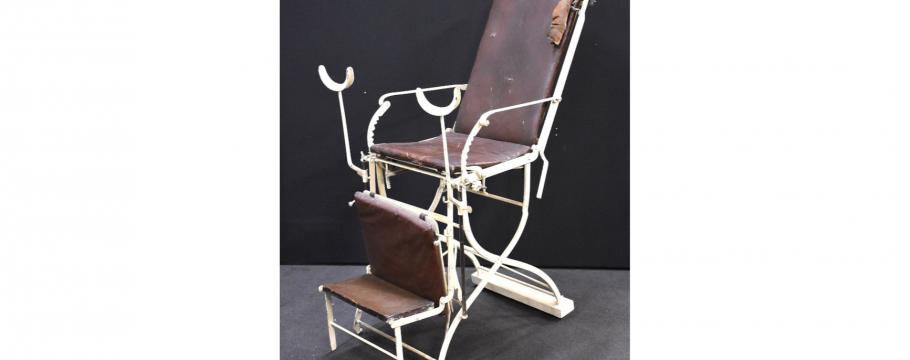

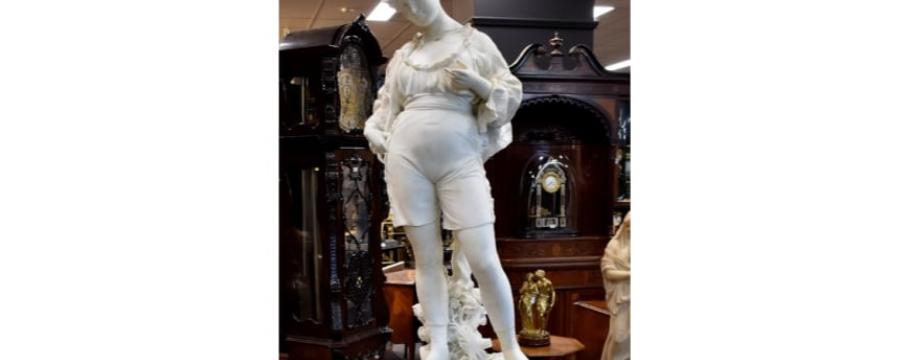
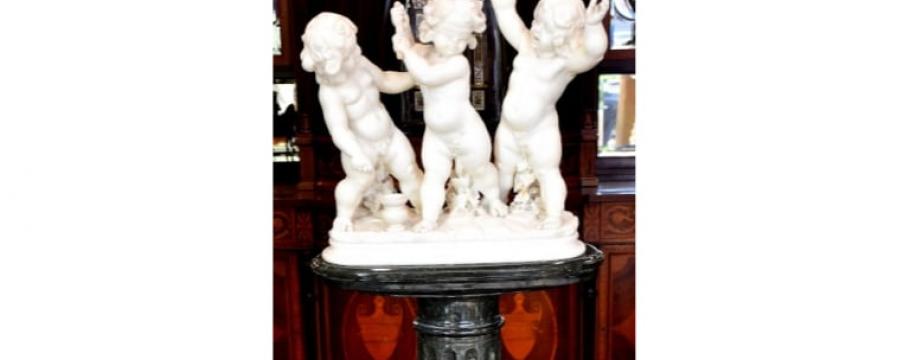
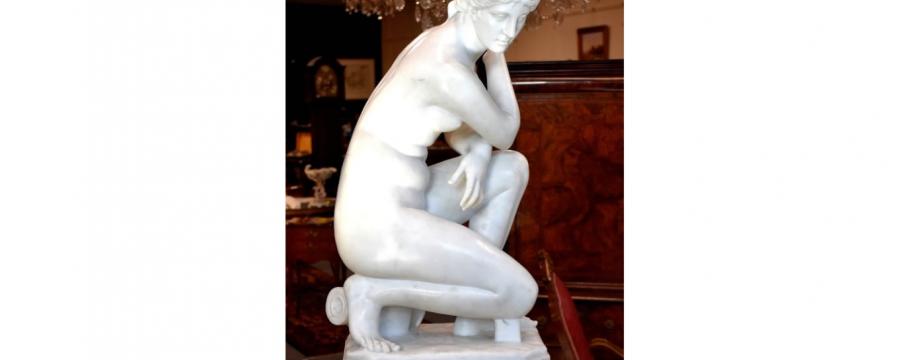
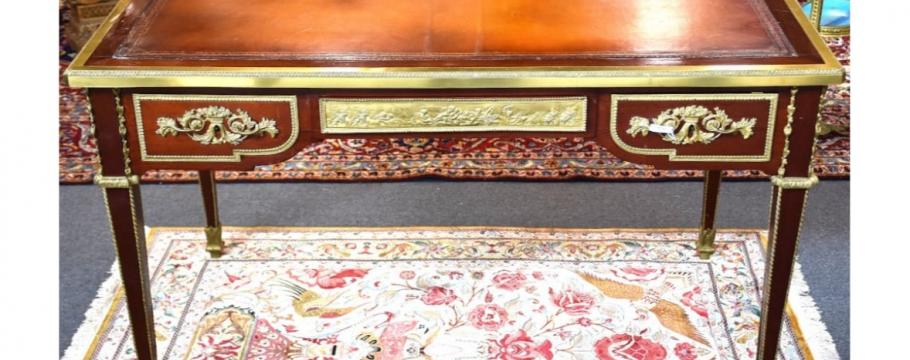
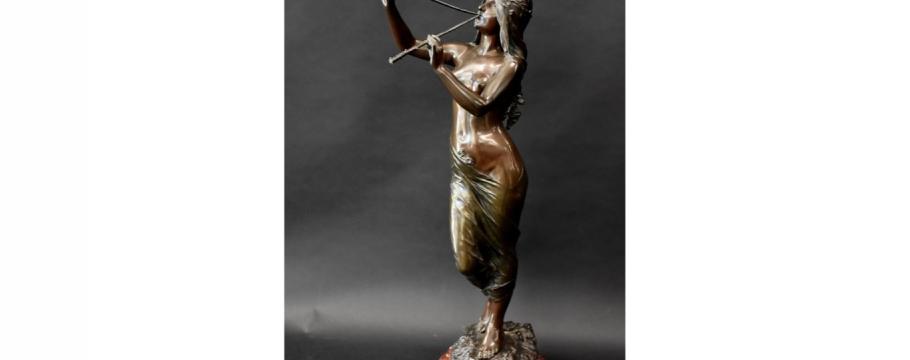
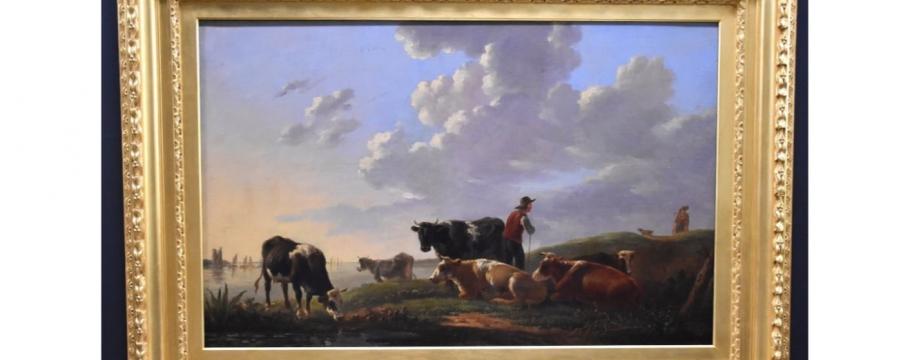
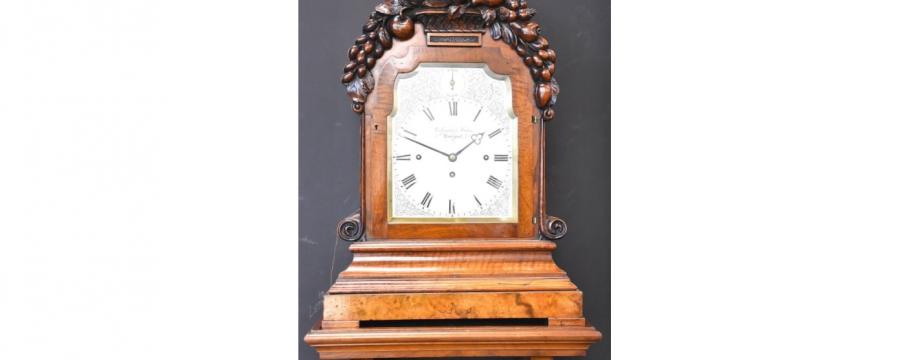

Medical college move prompts unusual Australian auction
Author: Richard Brewster | Posted: 13th April, 2021
As the Royal Australian and New Zealand College of Obstetricians and Gynaecologists (RANZCOG) prepares to move from its old East Melbourne two-storey mansion premises to new digs at 1 Bowen Crescent, South Melbourne – originally built as offices for Linfox by trucking magnate Lindsay Fox – Melbourne auction house Christian McCann Auctions is gearing up to sell many historic items from the Albert Street site.
Established in 1998 following the amalgamation of the Australian and New Zealand organisations, the college sees the move to a modern, fit-for-purpose working environment as securing its long-term future in line with the vision of its founding fellows.
Of course, obstetrics and gynaecology began in Australia more than 150 years ago and some of the auction items date from ongoing bequests from around that time – including a rare circa 1912 gynaecological examination chair (lot 516) – part of a two-day sale from 12pm Saturday April 17 and Sunday April 18 at 7 Harper Street, Abbotsford.
Two other interesting items include an antique English eight-door breakfront mahogany bookcase (lot 15) and a chair with the gynaecological emblem carved into its back (lot 90).
The auction also features items from a Brighton estate and the entire contents of a Frankston clifftop mansion.
Some of the more appealing are marble figures (lots 60, 68 and 70) – a museum quality 19th century Italian carved Carrara figure of a young lady in cape and bonnet, 19th century Italian work showing three cherubs playing “blind man’s bluff” and a Florentine figure of a kneeling maiden by Italian sculptor Pietro Bazzanti (born 1775).
An historic Florence landmark, the workshop of Pietro Bazzanti and Son (Nicolo) contributed to the art and culture of the city and took part in the role of “Fine Arts Trader” at the 1861 National Exposition.
Among the more appealing furniture items is an outstanding 19th century French mahogany three-drawer bureau-plat (lot 58), while an exceptional 19th century French bronze figure of a maiden pipe player (lot 21) by Edouard Drouot (1859-1945) is not to be missed.
Drouot’s work was part of the sculpture event in the art competition at the 1924 Paris Summer Olympics.
Other highlights include a mid-19th century English walnut bracket clock with fine carved fruit decoration (lot 102), an early oil painting entitled Feeding the Cows (lot 460) by Dutch artist Mathys Quispel (1805-1858) and a rare antique Chinese ebony display cabinet (lot 501) with handmade figures wearing silk robes depicting the story of the most powerful Tang Emperor – Tang Taizong (627-649AD).





